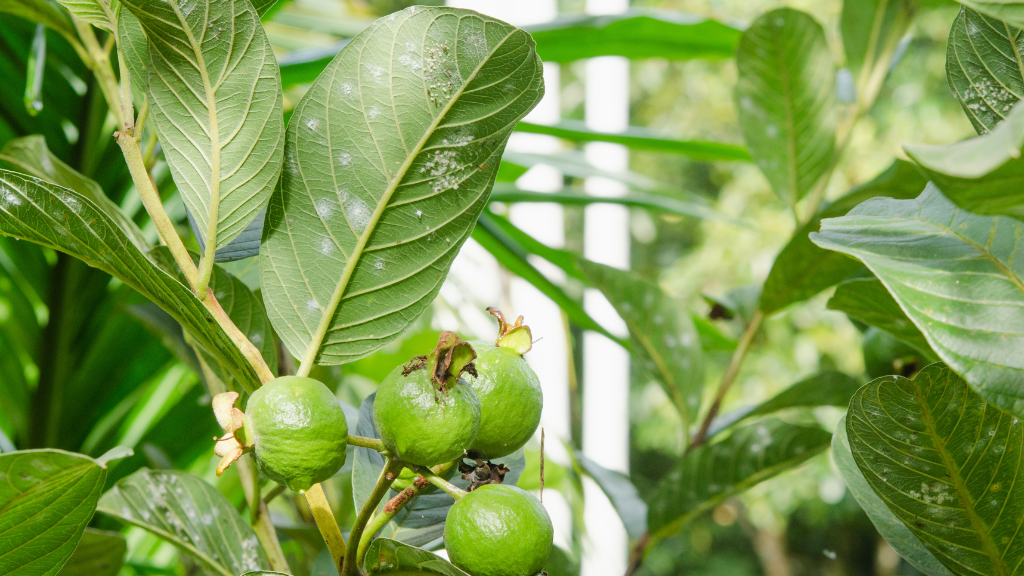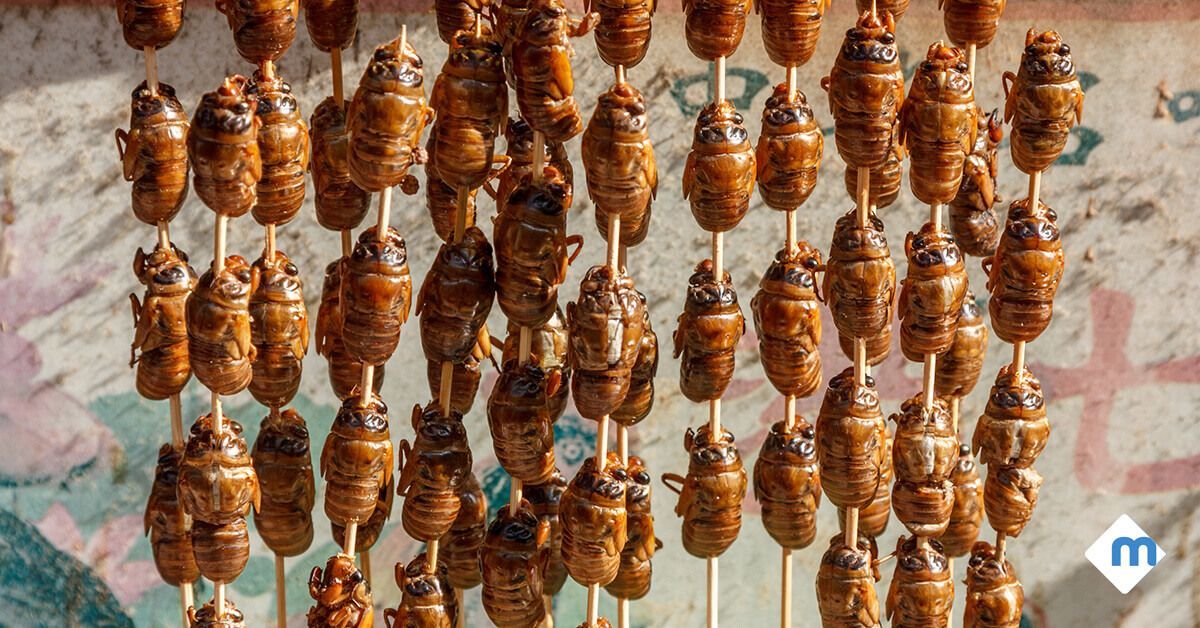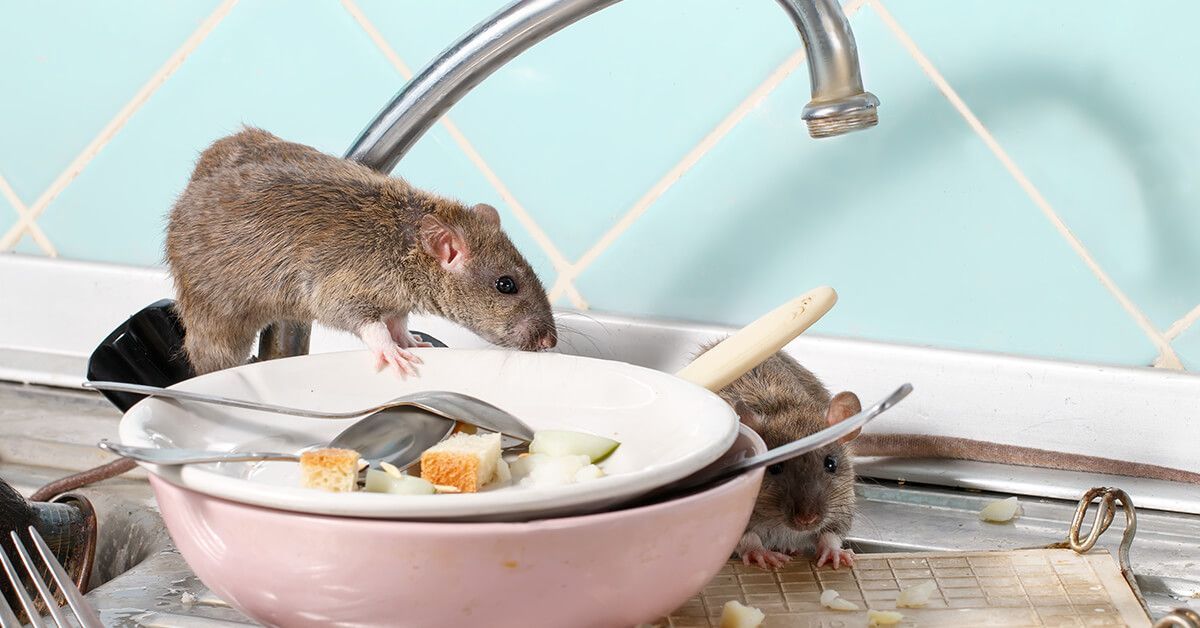Have you noticed little white bugs climbing all over the leaves of your favorite plants? If you’re living in a warm or temperate climate, it’s possible that you could have citrus mealybugs ( Planococcus citri ) or another related species, which are generally known as white mites. These tiny, wingless insects are common pests that you’ll most often find on plants such as citrus, bird of paradise, and rosemary. They may also show up on rooted plants, avocados and tomatoes, and on standard houseplants.
Mealybugs aren’t dangerous to people in most cases (with exceptions for those with allergies), but they can badly damage plants and cause poor growth or death. Knowing how to recognize white mites and how to get rid of them can help you prevent an infestation and make sure your plants stay healthy.

Planococcus citri , better known as white mites or mealybugs, are around 1/16-inch long insects that have a body covered in a waxy, cottony-white material. These mites have tiny legs and are found most often on plant foliage—their preferred habitat. While not all members of the species have wings, some do.
White mites can cause damage to plants. When they feed, they weaken plants and stunt their growth. The most common species of white mite, the citrus mealybug, injects a toxin into the plant when it eats. This toxin can lead to plant malformation, making the citrus mealybug a significant culprit to overall plant damage.
White mites on plants can also lead to:
- Defoliation
- Wilting
- Foliar yellowing
- General decline
- Sooty mold from the excretion of honeydew
- Stickiness from the excretion of honeydew
Not all white mites found in the home are necessarily the same species. Another common species, the Rhizoecus falcifer (ground mealybug) may also be found on plants showing these signs of ill health.
HOW DO YOU RECOGNIZE DIFFERENT WHITE MITE SPECIES AND IMPOSTERS?
If you think you have a white-mite infestation, it’s important to take some time to try to identify the critter on your plants. There are several small, white bugs that might appear to be white mites but may be something else completely.
Two of the most common white-mite imposters include wooly aphids and whiteflies. Here’s how to tell the difference between species of mealybugs and their imposters.
MEALYBUGS
LONGTAILED MEALYBUG
- The longtailed mealybug ( Pseudococcus longispinus) is widespread, feasting on common plants like fruits and ornamentals.
- Male longtailed mealybugs have wings.
- This is the only mealybug species to commonly affect the California avocado.
OBSCURE MEALYBUG
- The obscure mealybug ( Pseudococcus viburni , previously known as Pseudococcus affinis ) tends to live in temperate climates.
- This mealybug likes crops like tomatoes and can usually be found at the foot of a stalk.
- Nymphs of this species are not white; they are a darker, yellowish-brown color.
CITRUS MEALYBUG
- Citrus mealybugs ( Planococcus citri) tend to be found in warm locations, whether indoors or in states like Florida and Texas.
- Citrus mealybugs are most commonly seen in the spring and early summer.
- As the name implies, they usually like to stay on citrus plants, but they can be found on vegetables, fruits, and ornamentals.
GROUND MEALYBUGS
- In colder locations, ground mealybugs ( Rhizoecus falcifer ) stay on many different kinds of indoor plants.
- Ground mealybugs create white masses on the roots of plants.
- These insects aren’t normally noticeable on the leaves of plants.
MEALYBUG IMPOSTERS
WOOLY APHIDS
- Wooly aphids (Eriosomatinae) are sometimes green or blue, not just white.
- Wooly aphids feed in groups.
- Damage from these pests can lead to cankers on the limbs or roots of plants.
WHITEFLIES
- Whiteflies (Aleyrodidae) have wings and are capable of flying.
- Whiteflies are somewhat triangular in appearance.
- These insects are active and will scatter if bothered.
Not all white-mite infestations come from the same place, but there are a few common sources that may be linked to an infestation in your home. For example, white mites are commonly found in contaminated potting soil, and they can also be located on fresh vegetables or fruits brought in from outside in some cases. You might also find you have a mealybug infestation after bringing home new plants from the nursery or just from putting your plants outside for some sunshine in the summer.
Since white mites are somewhat common, it’s smart to put your plants into quarantine before bringing them into your home. Keep any new plants away from your home’s other plants for around a week or two to minimize the risk of mites entering your home.
Fortunately, it is possible to get rid of white mites on plants, so you won’t necessarily have to get rid of a plant you just purchased or that you’d like to keep.
There are several DIY options to help rid your plants of unwanted mealybugs:
- Use insecticidal soap, which can treat a houseplant infestation. There are different types of soaps available, so be sure to choose one labeled for mealybugs and for use on plants.
- Most plants can withstand rubbing alcohol on their leaves, so consider using a spray bottle to mist the plant. Let the rubbing alcohol sit for around a minute, and then wipe it away. After you’re finished, rinse the plant with water.
- Spray your plants down with water. If it’s warm outside (over 50˚F), consider taking your plants outside and spraying them down with a hose. This method works best on hardy plants.
- Get rid of the infected plant. When all else fails, it may be a good idea to get rid of a badly infected plant before the mites spread to others in or around your home.
Now that you’re familiar with white mites, you should be able to identify and eliminate them so your plants stay healthy. If you’re having trouble with intrusive pests—indoors or out—we’re here to help. Call our experts at Local Exterminator to get a free quote.




